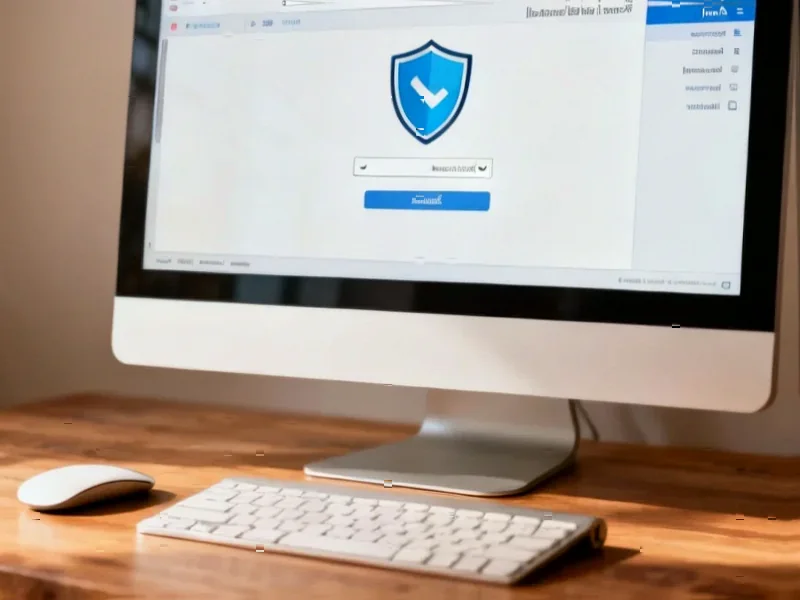According to Tech Digest, cybercriminals have claimed responsibility for a major data breach at the University of Pennsylvania, stealing approximately 1.2 million records belonging to students, alumni, and donors between October 30 and 31. The attackers gained “full access” to university systems by compromising a single employee’s PennKey Single Sign-On account, which provided access to VPN, Qlik analytics, SAP business intelligence, SharePoint files, and extensive Salesforce data. The stolen information includes highly sensitive financial and demographic data such as estimated net worth, donation history, race, religion, and sexual orientation. After being detected and locked out, the hackers used retained access to Salesforce Marketing Cloud to send a profane email to roughly 700,000 recipients, confirming they intend to leverage the stolen donor data for financial gain without demanding ransom. This sophisticated attack reveals fundamental weaknesses in institutional identity management systems.
The Single Point of Failure Problem
Single Sign-On systems represent both a convenience breakthrough and a catastrophic security risk when improperly implemented. The PennKey SSO compromise demonstrates how a single set of credentials can become a master key to an entire digital ecosystem. Modern SSO implementations typically rely on protocols like SAML or OAuth 2.0, which when configured without proper segmentation and least-privilege access, create exactly this type of cascading failure. The technical architecture here suggests that Penn’s systems were overly permissive in their trust relationships—once authenticated through SSO, the user (or attacker) could access multiple critical business systems without additional authentication challenges. This violates the fundamental security principle of defense in depth, where multiple layers of verification should protect sensitive resources.
Systemic Data Protection Failures
The breadth of compromised systems—from business intelligence platforms to marketing automation tools—indicates a severe lack of data classification and compartmentalization. Donor financial information and demographic data should never reside in the same access domain as marketing email systems. The technical implementation appears to have treated all authenticated users as equally trusted, regardless of their legitimate business needs. Proper data governance would require that sensitive financial and personal information be stored in isolated environments with additional authentication requirements and activity monitoring. The fact that attackers could pivot from initial SSO compromise to extracting donor wealth estimates and then to mass email distribution suggests fundamental architectural flaws in Penn’s identity and access management framework.
Sophisticated Attack Chain Execution
This incident represents a textbook example of credential harvesting followed by lateral movement and persistence establishment. The attackers demonstrated advanced understanding of enterprise IT environments by specifically targeting systems that would provide both data extraction capabilities and communication channels. Their ability to maintain access through the Salesforce Marketing Cloud even after the initial compromised account was locked shows they established multiple persistence mechanisms. According to the original reporting from BleepingComputer, the attackers explicitly stated their targeting of wealthy donor databases, indicating careful reconnaissance and specific financial motivation rather than opportunistic data theft.
Broader Implications for Higher Education Security
Universities face unique security challenges that make them particularly vulnerable to this type of attack. Their environments must balance open academic access with protection of sensitive research, financial, and personal data. The decentralized nature of university IT, combined with legacy systems and complex trust relationships between departments, creates attack surfaces that sophisticated actors can exploit. This breach should serve as a wake-up call for educational institutions to implement zero-trust architectures where access is continuously verified and limited to specific resources based on contextual factors. The combination of stolen demographic data with financial information creates particularly dangerous privacy implications that extend far beyond typical identity theft risks.
Essential Technical Countermeasures
Organizations facing similar risks must implement multi-factor authentication not just for initial access but for sensitive operations, particularly when accessing financial or personal data stores. Session management should include behavioral analytics to detect anomalous access patterns, and privileged access management systems should enforce just-in-time elevation for sensitive operations. Network segmentation between marketing systems and core business intelligence platforms is non-negotiable for organizations handling sensitive donor information. The rapid detection and account locking by Penn’s security team was commendable, but the attackers’ persistence through alternative channels shows that modern defense requires assuming breach and implementing controls that limit damage even after initial compromise occurs.




